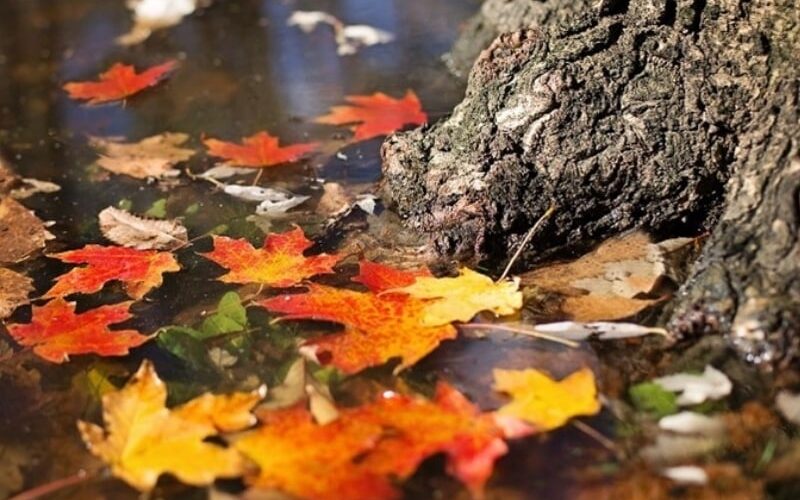November in the Garden in the United Kingdom
Generally, November in the UK is a month for clearing up and getting the garden ready for winter. It’s also a time for reflecting on the successes and failures of the year and planning for next year. Here is a list of some of the things that can be done in the garden in November.
General Maintenance
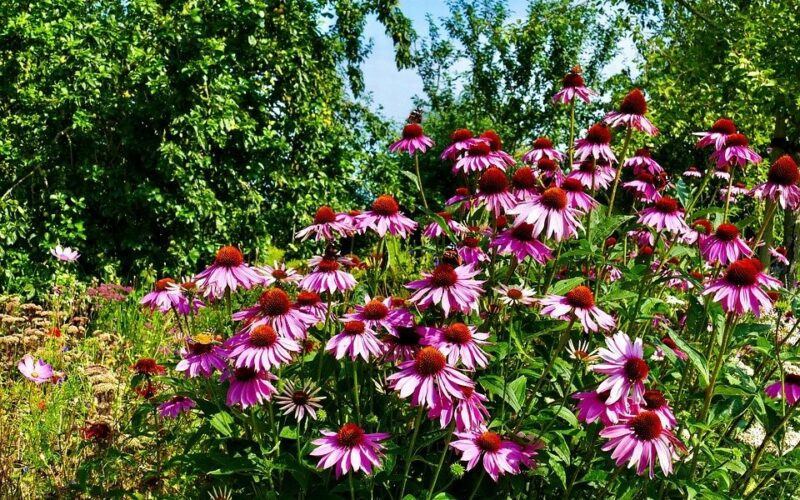
- Paint sheds and fences
- Clean garden tools, bird feeders, water butts and pots. Fill bird feeders for the winter
- Wrap up taps and pipes to protect against freezing
- Net ponds to protect them from falling leaves
- Rake up leaves and use them to make leaf mould. Mow them first, as this will shred them so that they break down more quickly. Place them in a bin liner, moisten them if they are dry, then pierce holes in the bag with a knife or garden fork, tie the top loosely and stack the bags out of sight. Alternatively, store them in a wire frame. The leaf mould should be ready in about two years.
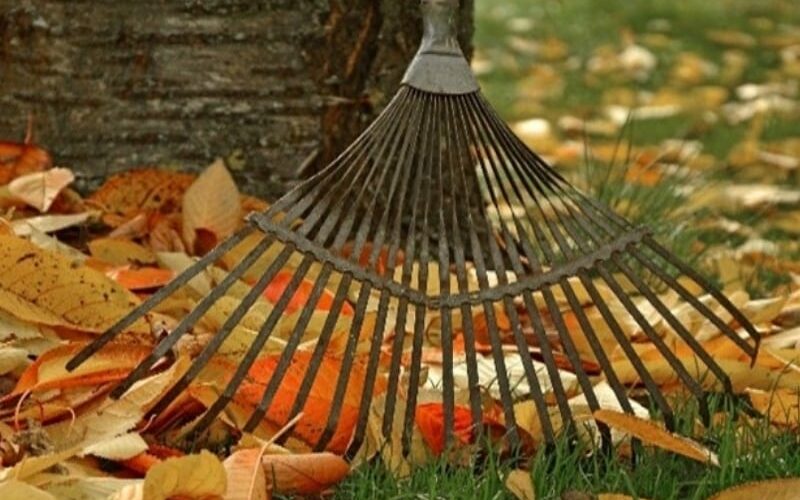
Trees and Shrubs
- Plant bare root shrubs, trees and roses. This is also a good time to transplant shrubs – as long as they are not too well established.
- Prune rose bushes by a third to prevent wind rock and collect leaves with black spot to prevent the spores from spreading. Don’t put the infected leaves in your compost bin.
- Prune climbing roses
- Tie wall shrubs and climbers to their supports to prevent wind damage.
- Many deciduous trees and shrubs can be pruned and renovated now during their dormant season. For more information on what type of trees and shrubs can be pruned and how to do it, see the RHS website
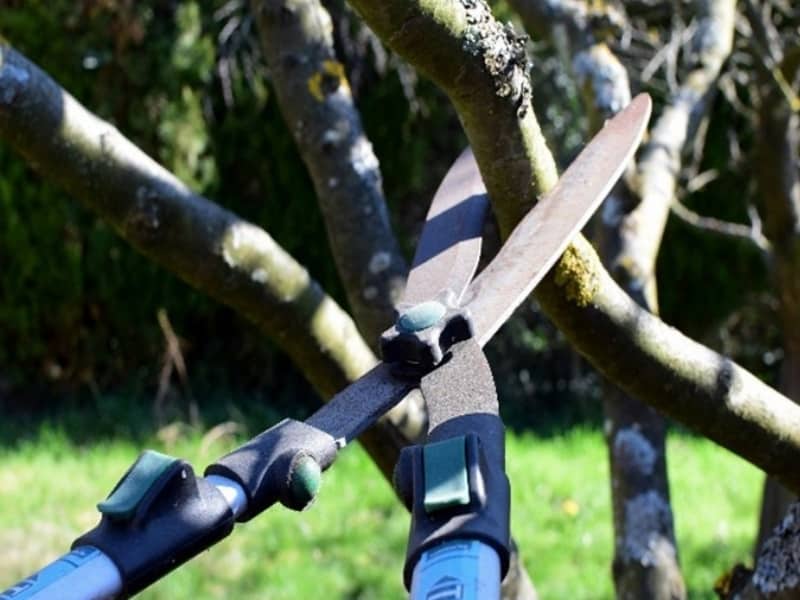
Herbaceous Perennials and Bulbs
- Protect borderline hardy plants such as agapanthus against frost.
- Cut back and deadhead most hardy perennials but leave penstemons until the Spring, as the old stems provide protection against frost.
- Lift and store dahlias over winter. For more advice on this, see the Gardeners’ World website.
- November is the month to plant tulips. A late planting can help to reduce problems with the disease tulip fire.
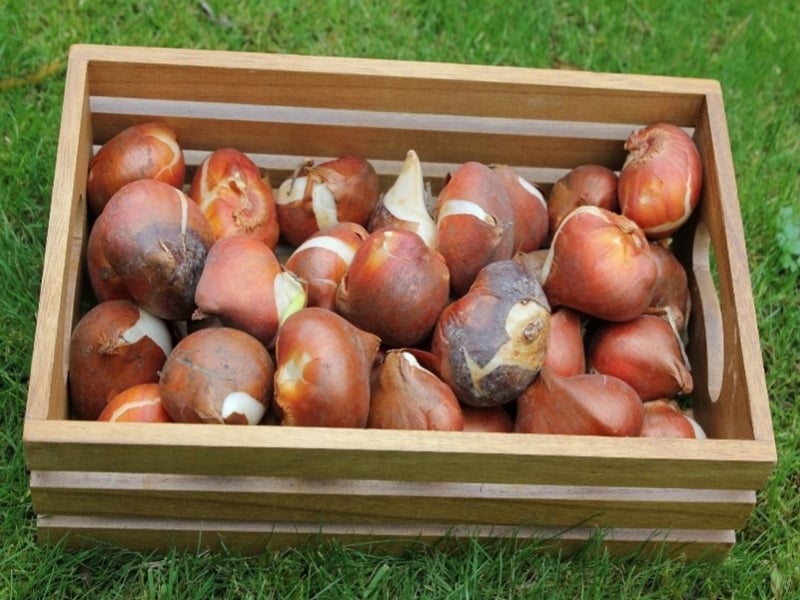
Lawns
- The lawn can be mown if the grass is still growing. The mower should be on a high setting.
- Avoid walking on the lawn in frosty or very wet weather, as this can damage the turf.
- Rake up fallen leaves which block out light and moisture. Use these to make leaf mould (see above).
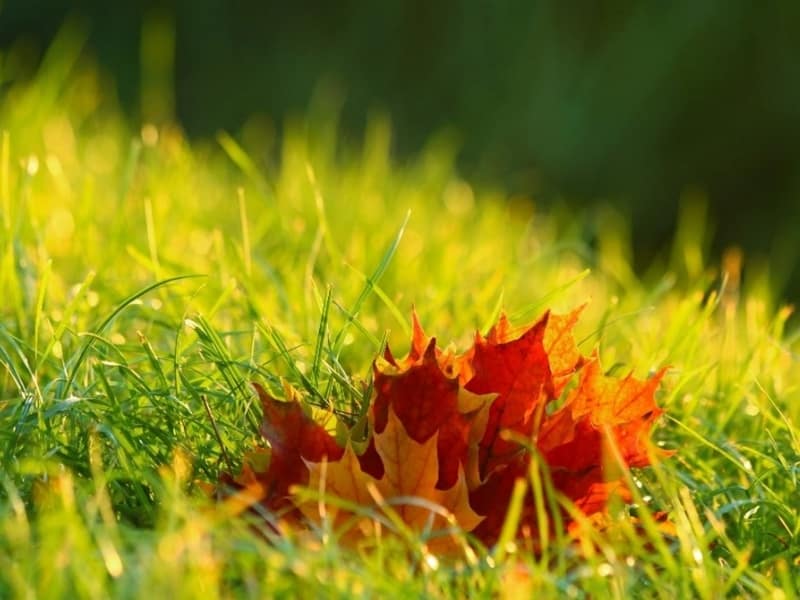
The Greenhouse
- Bring in tender plants.
- Clean staging and glass panes, wash pots and trays
- Use bubble wrap to insulate the greenhouse for the winter.
- When watering, be careful not to splash foliage, as this can lead to rotting.
Take root cuttings of perennials such as oriental poppies, phlox and verbascums while they are dormant. For more information, see the RHS website.
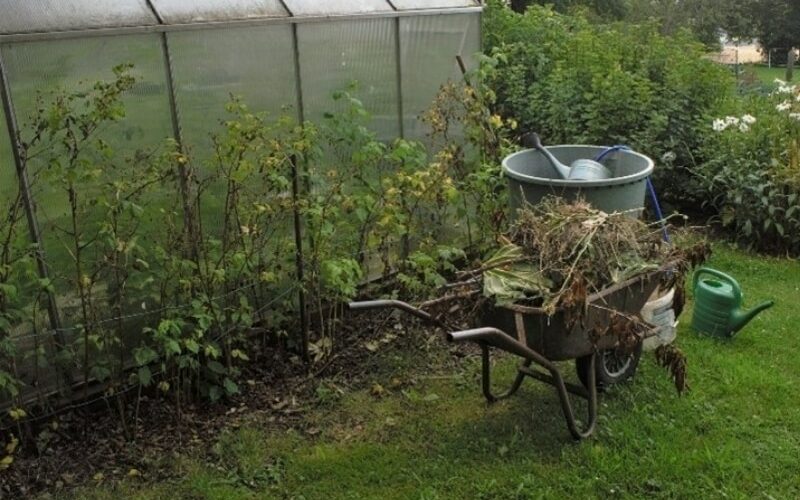
Deutzia is a very pretty shrub that isn’t perhaps as widely grown as others. It is evergreen and covered in pink or white flowers in the summer which bees love. There is also a smaller version called Deutzia gracilis which has delicate white flowers. Some are scented. Again, these should be pruned after flowering keep them in shape.
The Allotment and Kitchen Garden
- Plant garlic, onions, and shallots.
- Prune fruit bushes and take hardwood cuttings. Cut down Autumn fruiting raspberries.
- Divide rhubarb plants.
- Tidy up the strawberry bed. Prune the foliage, thin, and remove weeds and debris.
- Net brassicas against pigeons and stake Brussels sprouts plants to protect against wind damage.
- Continue to harvest main crop carrots, celeriac, cabbages, and cauliflowers.
Vegetable seeds that can be sown in November include broad beans and first early peas, such as “Meteor” and “Kelvedon Wonder” (which can be sown straight into the ground), and salad leaves and chilies can be sown indoors. For more information, see the Gardeners’ World website
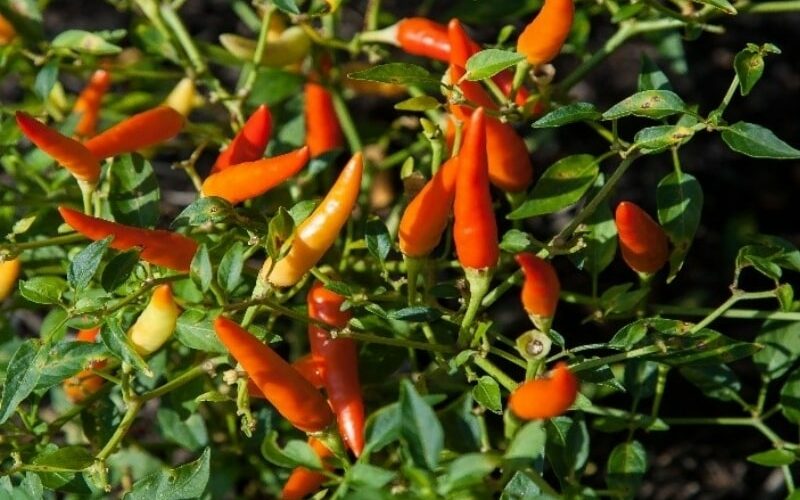
Finally, many trees and shrubs have beautiful leaf colours at this time of the year. It’s a good idea to make a note of their names and take photos in case you want inspiration for your own garden. Use the Gardenize app for this!
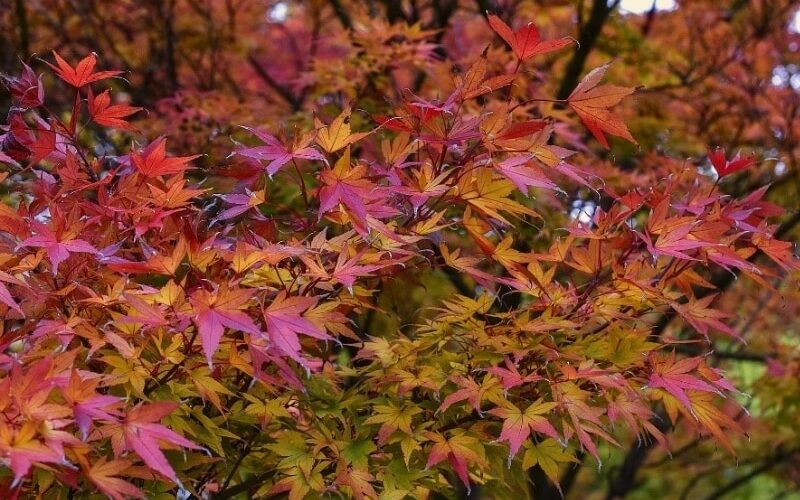
Japanese Maple (Acer Palmatum)

About the Author
Caroline Bowman has been hooked on gardening ever since she grew some thyme from seed and planted it in a window box when she lived in a flat in London. Fifty years later she is still hooked on gardening, but now she lives in Lincolnshire in England where they have quite a big suburban garden as well as an allotment, where they grow fruit and vegetables. Caroline loves flowering plants, in particular, herbaceous perennials and she likes finding out about the more unusual varieties that will do well in the English climate and soil.
More from Gardenize
Images published on the Gardenize website belong to Gardenize AB and may not be used without permission.

